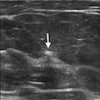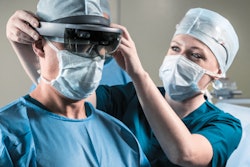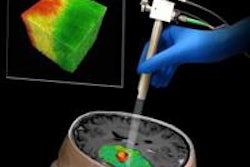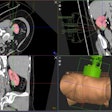Medical virtual reality (VR) technology developer Surgical Theater has installed its medical visualization software at Stanford University's neurosurgery department in Stanford, CA.
Precision VR builds upon the traditional method of the neurosurgeon pointing out the tumor or vascular abnormality on a flat, black-and-white 2D image used in most medical facilities. Precision VR also allows for increased shared decision-making opportunities, especially for those with language barriers, children and the elderly, and families.
Precision VR combines fighter jet flight simulation technology with the patient's MRI and CT scans to create a VR reconstruction of the individual patient anatomy and pathology. This allows for multiple levels of interaction and immersion for the surgeon and the patient, ranging from swiping fingers across a touchscreen to wearing an Oculus Rift or HTC Vive VR headset, the firm said.
When wearing the VR headset, a patient can tour and walk into the space between vascular structures and can stand between arteries and the tumor. The patient can also physically walk together with the surgeon down a planned surgical path or minimally invasive corridor.



















